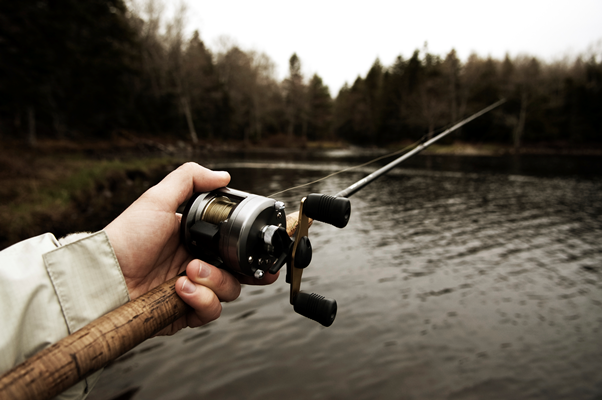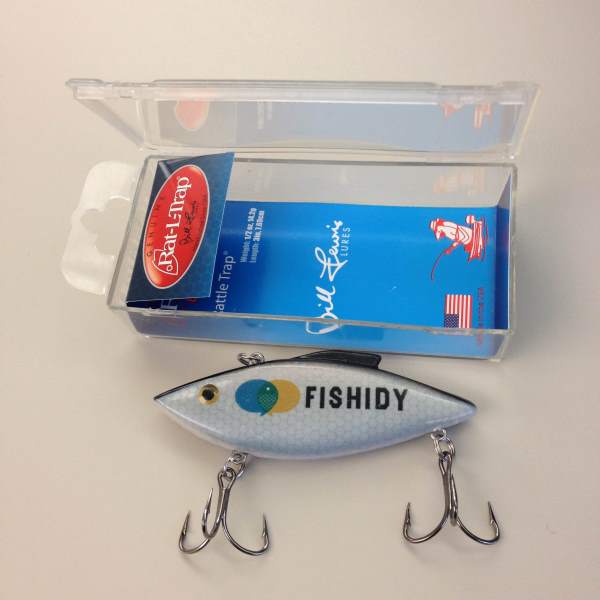Fishing on a Budget
Five great tips on how to get more out of your gear!
Newsflash: this sport is expensive. Every trip to the lake begins with gas in the truck and boat, lures, lines, reels, rods, clothing, electronics, and pretty soon that one trip for an afternoon can cost you hundreds. But my friends and I have found some pretty cool ways to make your gear last longer, or have multiple uses, and I wanted to share them with you. I’m big on learning too, so feel free to drop comments about how you cut costs as well!
1. Reuse your braid.
We have all seen our braid turn that lighter shade by the end of the year. But when you’re stripping it off, it looks brand new underneath. I found that by tying that faded end to an empty reel or spool, and reeling it on, I was able to get another full season out of my line. If you don’t have another to put it on, you can (carefully) pull the line all the way out by walking it down the street and reel it back on because braid has no memory. If you do choose to just peel it off, be very careful that the line doesn’t get tangled up.
2. Better storage for Terminal Tackle.
Last year I was really unhappy with the system I had for my terminal tackle and began looking for an alternative. Unfortunately, every box or tray that I found all looked the same. Then I had an idea while putting my new Rat-L-Trap baits in their case. Each Rat-L-Trap comes in a plastic case that can open and close over and over, and is (oddly enough) the perfect size to hold hooks, weights, pegs, beads, swivels, etc. I took that case to Lowe’s Home Improvement center and found a box that had several smaller compartments, each would hold 3 of my Rat-L-Trap cases perfectly. I used my label maker to properly identify each individual plastic case on the side so I see quickly the sizes of the hooks, weights, or other contents inside. Every other angler who has seen it has commented on how slick it is, and have started doing it themselves. Not only will you save money and reduce waste, but you’ll never open that case and find your hooks all mixed up with one another.
3. Terminal Tackle, part II
Back when I used to fish the Weekend Series I met a guy named Eric Grant who was a pharmacist by day, and a pretty decent angler in his spare time. Eric introduced me to Desiccant containers. These are little plastic barrel-like objects filled with silica gel and other molecular sieves that are included in your bottles of vitamins or prescription medication, that can be used in your tackle boxes to keep your hooks from rusting. Put one of these in each box at the beginning of the fishing season, and replace it with a fresh one when you pack your gear away for the winter. You should see a drastic reduction in rust, if it doesn’t eliminate it completely. You can get these from any pharmacy. Most will likely give you 20-30 for free, but if they do charge it’s really a pretty nominal fee. Be sure to get the ones that look like plastic barrels and not the bags, just in case you get water in the box.

4. Stay fed and hydrated.
We all know it can be difficult to force yourself to eat during a tournament, unless you’re smashin ‘em. However, there are several new options of healthy fruit smoothies at grocery stores that are cheap, packed with nutrients, and that don’t have to be refrigerated. Each one is self contained so it won’t be damaged by water or sun, is resealable with a twist on/off top, and many are organic. This idea first came to me when my son left his strawberry-blueberry smoothie in the boat and I was thirsty enough to consider drinking the lake water. Now I drink them when I’m driving from one location to another, and when they’re empty they don’t take up nearly as much room as water bottles do. This is by far the best boat snack I have ever seen, and each one is consumable in about 12 seconds. Find them on sale and you can get a 4-pack for less than $2.

5. Travel lite.
Pretty simple: the more you pack, the more you weigh. The more you weigh, the worse your gas mileage will be. You’d be amazed at how much money you can save by traveling with your boat as close to E in fuel as possible, and by doing your shopping when you get there. Each gallon of fuel alone weighs 12 pounds. So if you fill your boat before you leave to travel 1,000 miles, you just added anywhere from 300-600 pounds that could drop your mpg down 3 ticks or more. Add that up over every trip you take, and you’re throwing away entire tanks of gas by not gassing up closer to the lake. My buddy Danny figured out he saved about $250 dollars one year doing this.
What about you?
Those are some of my money-saving tips, what are yours? Share your ideas, tips, tricks, in the comments below!
 Authored by Jim Root, check out his website www.jimrootfishing.com, his blog at Weather Underground Reel Weather, and connect with Jim on Fishidy
Authored by Jim Root, check out his website www.jimrootfishing.com, his blog at Weather Underground Reel Weather, and connect with Jim on Fishidy


